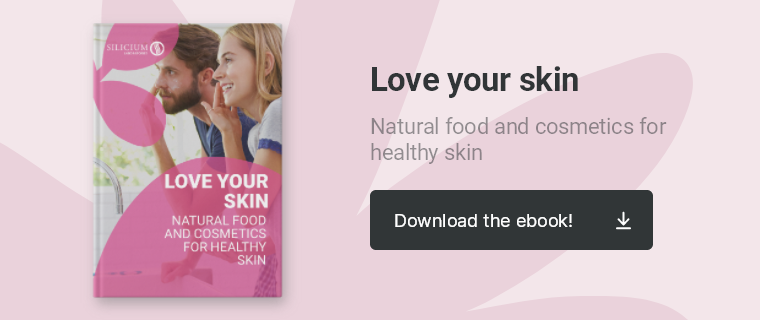
Although reducing stretch marks is a purely aesthetic problem, it can also have an impact on a person’s self-esteem. Insecurities about one’s physique, complexes and a negative social perception that links them with a lack of attractiveness are some of the side effects of this phenomenon.
However, the first step to knowing how to reduce stretch marks is to know them inside out: what exactly they are, why they appear and what science says about how to minimise or avoid them. That’s why we provide answers to all these questions in our guide on how to reduce stretch marks, including the key role organic silica is playing in current treatments.
What are stretch marks and why do they appear?
Stretch marks are visible marks on the skin that appear as fine lines or bands appearing on the skin that can be red, purple and whitish. They can appear on different parts of the body, especially where the skin is thinner and less elastic, including the abdomen, breasts, buttocks, thighs and arms, and are more common in women.
The cause of stretch marks is linked to the breakdown of collagen and elastin fibres that occurs when the skin is stretched too much or too fast. This, in turn, is marked by different typical situations linked to the appearance of stretch marks, including:
- Rapid weight or muscle mass gain
- Puberty and vital moments when rapid growth takes place
- Pregnancy
- Hormonal changes, such as puberty or the menopause
- Long-term use of corticosteroids
- Genetic factors
Stretch marks and self-esteem: the link between physique and mind

Scientific studies have shown that there is a strong connection between self-esteem and physical appearance. This is because physical appearance is an important factor in how people see themselves and how they are perceived by others, which can have a significant impact on their self-esteem and emotional well-being.
Studies have found that people with good self-esteem tend to have a more positive perception of their physical appearance and feel more attractive and self-confident. On the other hand, people with low self-esteem may have a more negative perception of their physical appearance and feel insecure and unattractive.
In addition, authors such as Liz Frost in her text Doing Looks have analysed the link between self-esteem and self-image in women specifically, arguing that making changes to physical appearance (e.g. taking steps to reduce stretch marks) can have a significant impact on mental and emotional well-being
It is in this context that many people are increasingly interested in making changes to their diets or routines to improve their wellbeing. They understand the strong link between body and mind, making changes that help them feel stronger and more confident in every aspect: from doing facial exercises for younger looking skin to learning about the essential trace elements in a balanced diet.
In any case, it is important to note that physical appearance is not the only factor that determines self-esteem: personality or personal skills and achievements, among others, can also influence self-esteem.
Some science-backed treatments to reduce stretch marks

- Improve hydration: keeping the skin hydrated helps to improve its elasticity and reduce the appearance of stretch marks.
- Creams and lotions: some products containing retinol or vitamin C can help improve skin texture and tone and ultimately reduce stretch marks.
Organic silica has burst onto the scene and is currently one of the most effective treatments for reducing stretch marks. This is due to the ability of this essential trace element to generate collagen in a natural way which, in turn, achieves a good state of connective tissue in the skin.
- Aesthetic treatments: microabrasion techniques (a kind of gentle exfoliation aimed at improving skin texture) or fractional laser therapies are sometimes useful for reducing stretch marks, improving skin texture and tone.
- Regular exercise: Being physically active can help improve skin elasticity and prevent stretch marks.
In short, reducing stretch marks is often an effort that covers many fronts and is also part of actions aimed at improving aesthetics, knowing its inseparable link with physical and mental health.
There are no comments yet





Leave a comment